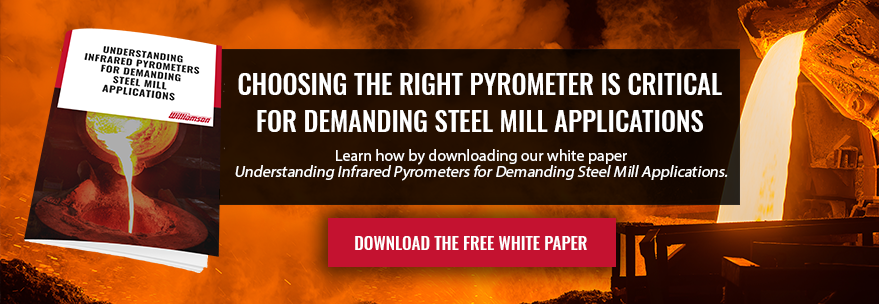
Steel is an age-old material that has improved continuously with time. It is still a fundamentally useful material, which engineers can adjust to fit a broad range of demanding applications. In today’s competitive steel marketplace, delivery of quality products and services depends on process control.
While steel is composed predominantly of iron, it is how precisely you can control the addition of carbon and other elements that make a difference. There are four distinct categories of steel: carbon, alloy, stainless, and tool steel. Within these categories, there are many different grades of steel determined by alloy composition and microstructure.
Steel Categories
Low-carbon or mild steel has a carbon content of between 0.05 and 0.3% by weight. It accounts for much of today’s steel production because it is relatively inexpensive and it is malleable enough to shape in rolling mills. That’s why engineers choose mild steel for the girders that form the frames of commercial buildings, bridges and other load-bearing structures.
Medium carbon or high-tensile steel has a carbon content of between 0.3 and 0.8%. It has the ideal properties for engineering applications in which large components and forgings must balance utility, strength, and wear-resistance, which makes it ideal for use in applications such as automotive components.
High-carbon steel contains between 0.8 and 2.1% carbon with an optimum of around 1.5% for many applications. The higher carbon content gives it added hardness, but at the price of being more brittle, and likely to fail by fracturing. High-carbon steel is very hard, which makes it the ideal material for use in springs, cables, drill bits, and other tools. Low, medium, and high-carbon steels account for the majority of the steel produced in the world.
Alloy Steels contain up to 5% of elements such as chromium, cobalt, molybdenum, nickel, or tungsten. These additions alter the properties of the metal for engineering applications that demand greater hardness, ductility, or heat resistance.
Stainless Steels contain between 10 and 20% chromium and are very durable. The high chromium content gives stainless steel its characteristic luster as well as rust resistance because a layer of chromium oxide builds up on the surface. Stainless steel is used both decoratively and in applications such as industrial processing tanks, chemical storage, and food and beverage preparation.
Tool steels face the most demanding environments. They are the hardest steel alloys and they are used in manufacturing and engineering applications to form, machine, and cut through steels and other materials as part of the manufacturing process. These alloys typically contain 2 to 12% of cobalt, molybdenum, or tungsten, which form carbides within the iron. In addition to hardness, they resist both wear and overheating without changing shape or deforming.
Material Properties
The right choice of steel for a given purpose is based on five properties: strength, ductility, toughness, weldability, and durability.
There are two types of strength in steel: yield strength and tensile strength. The ability of steel to resist forces in tension is one of the features that make it so versatile as a material. Yield strength is the force at which it stops behaving elastically and begins to deform plastically, i.e., permanently. Tensile strength is the maximum pulling force that can be applied to steel before it snaps or fractures catastrophically.
Ductility is a measure of how much a material deforms under tension without fracturing. For example, ductile steel can be drawn through a series of dies until it is a thin wire.
Toughness in steel is a function of its ability to absorb energy without fracturing. It is is a combination of strength and ductility.
Weldability is how successfully welding can join metal components. In steel, the weldability is inversely proportional to hardness. Low carbon steel joins by welding better than high carbon steels.
Durability means how resistant a steel alloy is to corrosion and how well it survives in harsh environments.
Meeting Your Customers’ Demands
Process control is fundamental to controlling the properties of highly refined alloy steels, stainless steel, and tool steel. With the correct process in place, as well as the proper steel infrared temperature sensor, you will consistently complete delivery of quality products and services for the most demanding customers and do it cost-effectively.
Download our Steel Overview white paper to learn more about the factors influencing the quality of your steel product—and how the right pyrometer can help improve your process control.

